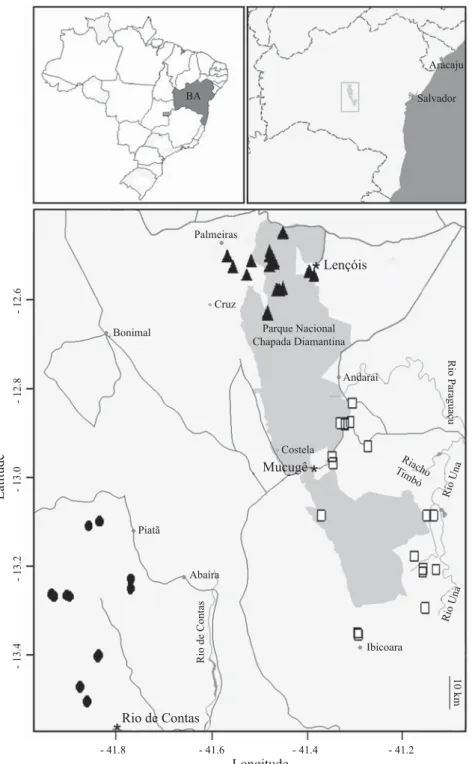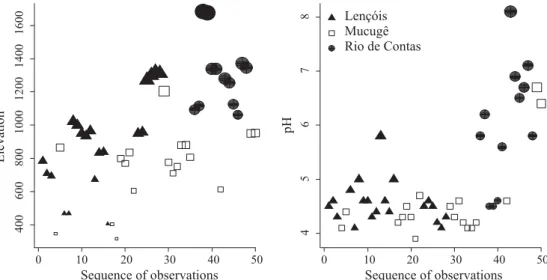ECOLOGY, BEHAVIOR AND BIONOMICS
Texto
Imagem




Documentos relacionados
Regression between plant species richness and total galling arthropod species, average (per sample) galling arthropod species, and number of host plants per track, for four tracks
leaves per plant?; ii) Is gall abundance influenced by leaf area?; iii) How does plant architecture influence gall abundance?; iv) What are the mortality factors that act upon
ABSTRACT - Eufriesea violacea (Blanchard) males were sampled in a small-scale elevational gradient in Southeastern Brazil and showed sequential peaks of abundance from lowest (700
metanotal gland not only serves as the source of a nuptial gift, but also appears to be a source of chemical signaling, as far as the female only showed interest in climbing on the
Proportion of species of Asteraceae and endophagous Diptera and Lepidoptera in flower heads according to the number of sampled cerrado localities in São Paulo..
Evidence were gathered using data from direct observations of larval movement and behavior, faeces analysis, scanning electron microscopy of plant surface and experimental analysis
In this study, samples collected with Kick method had signi fi cantly higher total richness and BMWP scores than Surber, but no signi fi cant differences were found between
The behavioral responses of different size workers to the Dufour gland secretions were analyzed by means of a two- way ANOVA, whereby the fi rst factor is extract origin with